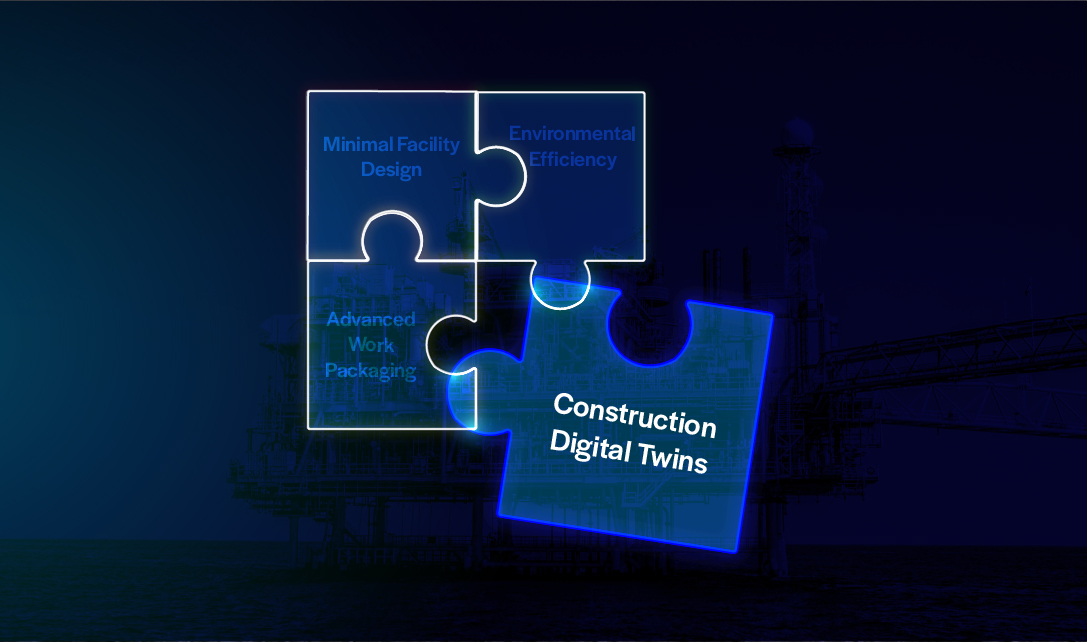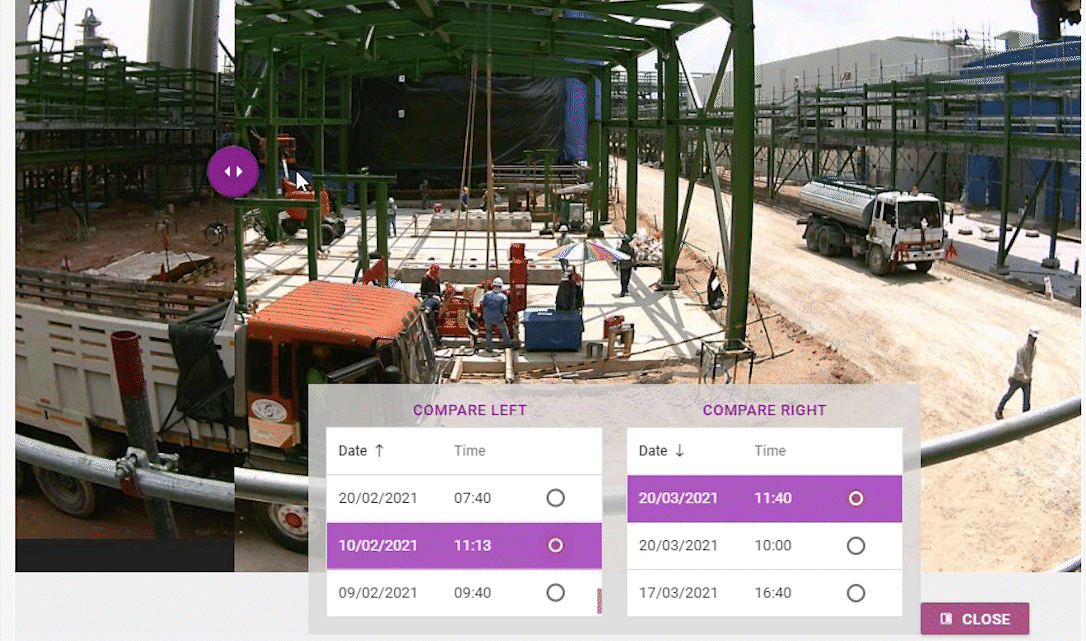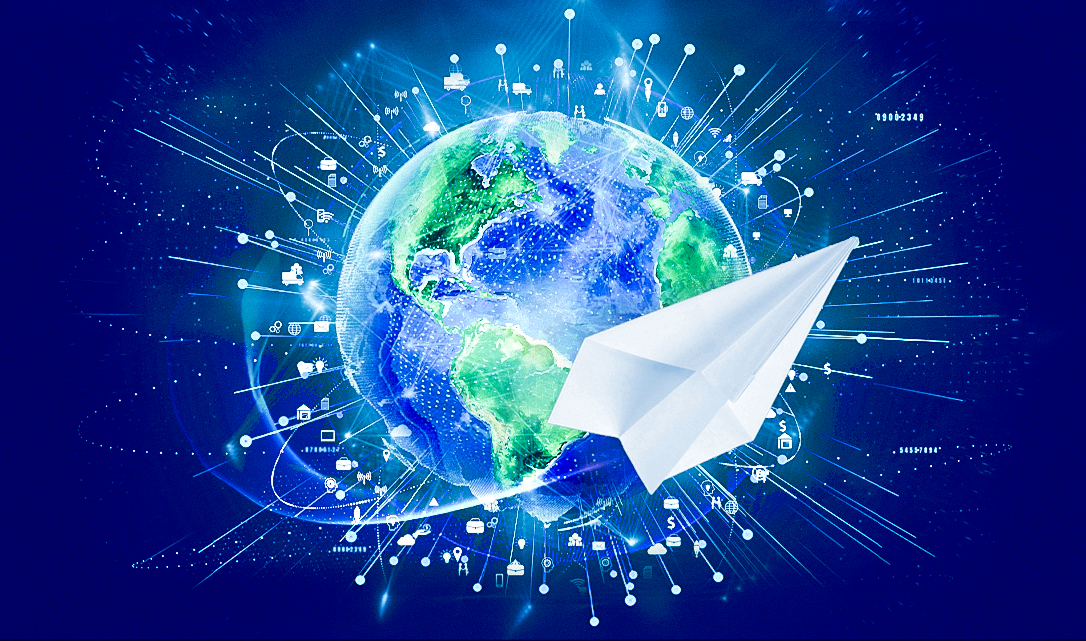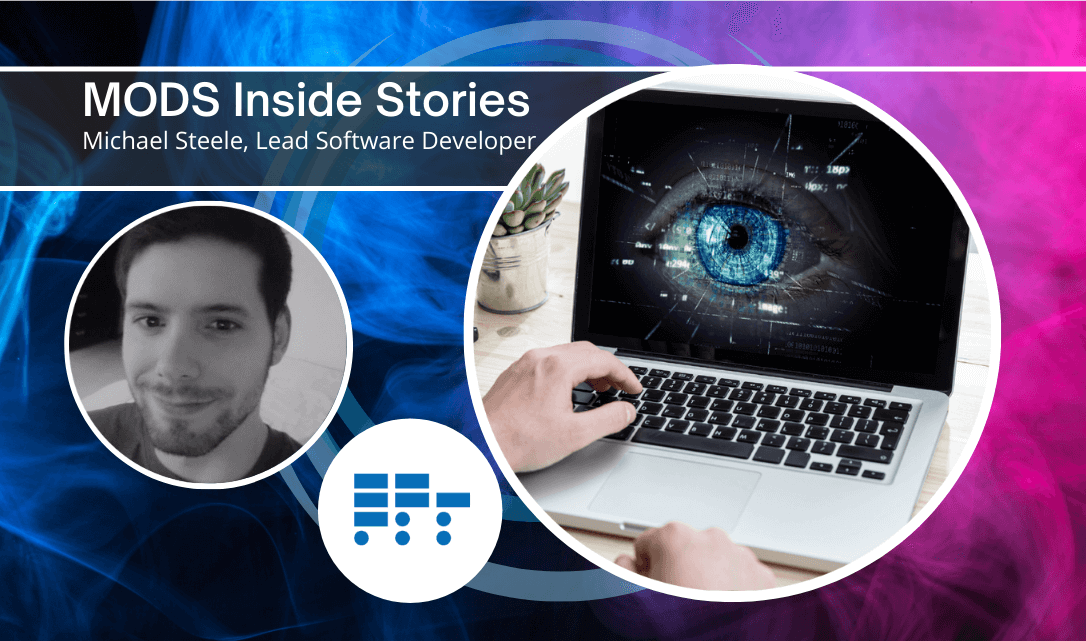Digital Completions in Plant Modifications and Upgrades
Unlike greenfield or any new build construction projects, plant modifications and upgrades present a unique set of challenges. Work is carried out...
3 min read
 Lisa De Vellis, PE
:
Jul 14, 2022 12:21:13 PM
Lisa De Vellis, PE
:
Jul 14, 2022 12:21:13 PM

This is the final blog in our four-part series addressing the following energy-sector development trends:
The future demands environmentally and economically sustainable construction and maintenance of energy-sector facilities to reduce carbon footprint and remain agile. Tools such as Advanced Work Packaging (AWP) and design considerations incorporating modular and prefabricated components are useful to that end. However, to revolutionize the sector’s project delivery efficiency, more advanced technological innovations are required.
This brings us to our fourth and final trend, construction digital twins, which is divided into the following parts:
We conclude with some final thoughts on our future trends series.
We’ve discussed digital twins before, defining them as a remote visualization, monitoring and operational tool of physical-twin counterparts such as assets, systems or processes. Digital twins remain a hot trend in everything from healthcare delivery to urban design and management. Identified as one of the top digital twin trends shaping 2022, construction digital twins build better, faster and more efficiently.
A construction digital twin is a digital representation of an asset or facility under construction. It reflects design conditions as well as onsite construction progress, and hosts a lot of metadata linked to components, parts, equipment, scheduling, safety, SOPs, test records and more. Construction digital twins act both as a blueprint for construction execution and a live progress report regarding project status.

A construction digital twin requires three components:
Any digital twin model is only as good as the data on which it relies. Data integrity is of paramount importance. Many archaic construction practices persist particularly in the realm of information management, which tends to rely on paper records and manual data-entry processes. As the offerings and accessibility of digital solutions increase, so too does the appeal of digital transformation in the construction of energy and other industrial facilities.
The energy sector is notoriously behind the curve when it comes to digital maturity. Reliance on traditional methods of information management such as reams of paper, manual data-entry and siloed systems persists. To wax on about the construction digital twin trend would be disingenuous without acknowledging the necessary building blogs of, firstly, digitization.
Modernizing systems by going paperless and adopting digital solutions is the first step. This essential step converts project information into systems-ready data. Data is the missing link that will bring all infrastructure and development into the future, dramatically improving efficiencies across the board and communication. In construction execution, notably, data is at its most powerful when used as part of advanced technological solutions such as construction digital twins.
Particularly when it comes to greenfield or other new build development, complex industrial facilities are not static structures. They are living, breathing machines. Dynamic process-oriented facilities that perform technical operations rely on sophisticated oversight throughout their productive lives.
Construction digital twins replicate their physical counterparts and house all relevant data and archival records. While construction digital twins are designed to aid specifically in the construction execution process, once this interactive facility model exists, it can be rolled over into a facility digital twin.
Building Information Modeling (BIM) is exactly what it sounds like: digital management of infrastructure in pursuit of operational, economic and environmental efficiencies. Digital twins are certainly one way of optimizing people, workflows and processes. With digital twins in situ from the ground up, as would literally be the case with a construction digital twin, all asset information is centralized and pre-dates the actual asset.
This means that when the facility is constructed, all information relating to any and every functional component is accessible, organized and reliable. Provided systems are in place for the digital twin to grow with the facility, opportunities for automation and agility abound. From the design-build phase through operations and, ultimately, through decommissioning, digital twins provide a holistic picture while simultaneously digging deep. When starting with a construction digital twin, the entire asset lifecycle stands to benefit.
This concludes our series on future trends related to energy sector infrastructure. While environmental efficiency and Advanced Work Packaging (AWP) principles are emerging best practices, they are only as beneficial to the actual construction execution and project management as the facility design allows.
With facility design trending towards minimalism and modularity, opportunities for automation and agility come to the fore with the adoption of innovative technological solutions including digital twins.
 to our monthly newsletter and regularly receive blogs about digital transformation for the energy sector.
to our monthly newsletter and regularly receive blogs about digital transformation for the energy sector.

Unlike greenfield or any new build construction projects, plant modifications and upgrades present a unique set of challenges. Work is carried out...

Turnarounds and shutdowns are among the most critical—and stressful—phases in the management and operation of industrial assets. These planned...

Offshore decommissioning and asset retirement present significant logistical, regulatory, safety, fiscal and reputational challenges. The process of...

This blog is the second in a four-part series looking at the following future trends in energy sector facilities:

White-knuckled, people cling to paper. Entrenched in what is ultimately a wasteful, archaic and inefficient paradigm, this remains the case...

Michael Steele started his career in 2014 as a Junior Software Developer, based out of the UK office. Together with Rich Cox, MODS Chief Digital...